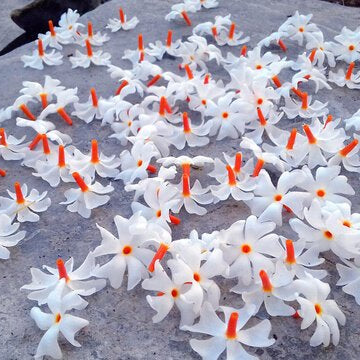
Available 24/7
Available 24/7
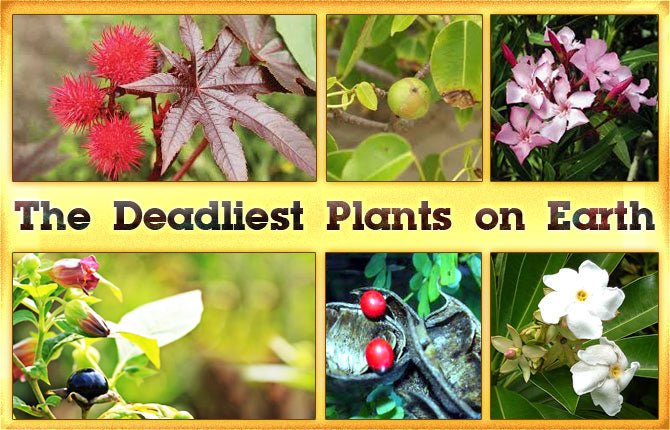
Plants have been used as a source of nourishment (their fruits and some leaves) and as a treatment for ailments since ancient times. Prior to technological advancement, humans had to distinguish the benefits of each individual by experimentation with themselves and putting their own lives at danger, as intake of certain plants can be fatal.
Plants may appear to be harmless, but they can contain many of the most lethal poisons known. Poisonous plants have indeed been responsible for human deaths across history, from Socrates' death from poison hemlock to toddlers accidentally ingesting deadly nightshade.
Even with so much scientific advancement, there are still poisonous plants, and here is a list of plants to be aware of.
1. Oleander Nerium

Every portion of this plant is packed of toxins, making it the most dangerous plant on the planet. Oleandrin and neriine are two of the most potent. The poison of an oleander is so potent that it can even poison someone who eats honey created by bees that have ingested oleander nectar.
Despite its lethal nature, it is used as a decorative plant. The oleander has a wonderful scent. They're frequently employed as road barriers. Its quick growth is utilised to keep new construction sites from eroding.
Most animals, as well as humans, are poisoned by oleander. Humans have died as a result of ingesting oleander leaves.
2. The Tree of Death (Hippomane mancinella)

A tree native to Mesoamerica and the Caribbean Sea islands, the chamomile of death is also known as the tree of death. Its fruit has a pleasant smell and a lovely apple-like appearance, but it is highly toxic.
Because it is harmful to humans and possibly all mammals, it is known as "the most dangerous tree in the world." A milky sap (containing phorbol) is created when you scratch the tree, which produces burning, inflames the skin tissues, and causes blisters and eruptions in the epidermis.
If ingested, severe vomiting and diarrhoea might lead to death. The smoke from this plant can cause temporary blindness as well as major respiratory problems if you are there while it is burned.
3.Snakeroot, White (Ageratina altissima)

White snakeroot, a seemingly harmless plant, was responsible for the death of Abraham Lincoln's mother, Nancy Hanks. White snakeroot is a North American herb that produces flat-topped clusters of little white flowers and contains trematol, a poisonous alcohol.
Animals graze on this plant from time to time, producing deadly milk for its consumers. Indeed, the toxin can be passed to humans through poisoned cattle meat and milk.
Loss of appetite, nausea, weakness, abdominal discomfort, reddish tongue, abnormal blood acidity, and mortality are all symptoms of "milk poisoning." Fortunately, farmers are increasingly aware of this potentially fatal hazard and are working to remove the plant from animal pastures.
4. Castor Oil (Ricinus Communis)

Castor oil is a type of vegetable oil that comes from (Ricinus communis)
Ricin, sometimes known as the infernal fig tree, is an African bush with a thick, woody stem and crimson or dark purple leaves (hence the common name), which are frequently covered in ricin, a very deadly white powder.
This drug causes nausea, stomach cramps, vomiting, internal bleeding, and kidney failure, which leads to death 10 days after exposure. Ricin disrupts human cellular metabolism; by interrupting the chemical mechanism that keeps cells alive, cells die and organs gradually fail until death occurs.
For an adult, a deadly dose would be five castor beans; for a kid, just one. Castor oil is derived from the seeds of this plant.
5. Rosary Pea (Abrus precatorius)

Abrin, a highly deadly ribosome-inhibiting protein, is found in these pompously titled seeds, also known as jequirity beans. While the seeds are not dangerous when whole, if scratched, fractured, or bitten, they can be lethal.
Rosary peas are a type of tropical pea that is widely used in rosaries and jewellery. Many jewellers have reportedly become ill or died as a result of accidentally pricking their hands when working with the seeds, because it only takes 3 micrograms of abrin to kill an adult, far less than the amount of poison in one seed.
Abrin, like ricin, stops cells from making protein and can cause organ failure in as little as four days.
6. Deadly Nightshade (Atropa Belladonna )

Without a doubt, Deadly Nightshade is one of the most lethal flowers for humans, with medical characteristics as well. The deadly nightshade, with its dull, dark green leaves and bell-shaped purple blooms, is perhaps the plant with the terrifying name.
It grows to a height of 1.5 metres and may be identified by its dull, dark green leaves and bell-shaped purple flowers. Belladonna, or deadly nightshade, is a plant that can cause death through causing hallucinations. The toxin targets the nervous system, causing involuntary muscle paralysis at nerve ends.
Dilated pupils, light sensitivity, impaired vision, headaches, and disorientation are some of the symptoms. A youngster can be killed by as few as two berries, whereas an adult can be killed by 10 to 20 berries.
7. Lily of the Valley

Walter White utilised this sweet-looking plant for some not-so-sweet crimes, as Breaking Bad fans will recall. People who consume its hazardous components, known as cardiac glycosides, might have symptoms such as dizziness, vomiting, rashes, and diarrhoea, which can lead to hospitalisation. Those tiny bells can potentially kill you if left unchecked.
8. Vulgar Dracunculus

Stink Lily, Voodoo Lily, and Snake Lily are all common names for Dracunculus Vulgaris. It emits the stench of decomposing flesh, which attracts flies. These fly assist in pollination, but the odour dissipates after a day.
The Voodoo Lily, as its name suggests, despises direct sunshine and prefers to be in the shade. You already know that every part of this plant is toxic if eaten. This deadly flower can induce skin damage or allergic reactions just by touching it.
These are our top picks for the eight most dangerous plants you should avoid. Keep these poisonous and toxic names in mind at all times because they might be life-threatening. We hope that this blog has been informative and helpful in keeping you safe and well. Do you have any more names? Please let us know.
 Save 45%
Save 45%
(MRP Inclusive of all taxes) Shipping ₹79 for entire order Dispatch in 7 days Country of origin: India Today's Offer Get ₹249 Air Purifier ...
View full details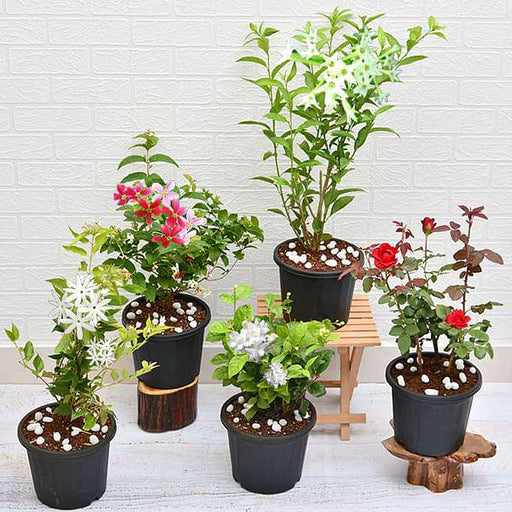 Save 12%
Save 12%
(MRP Inclusive of all taxes) Shipping ₹79 for entire order Dispatch in 7 days Country of origin: India Today's Offer Get ₹249 Air Purifier M...
View full details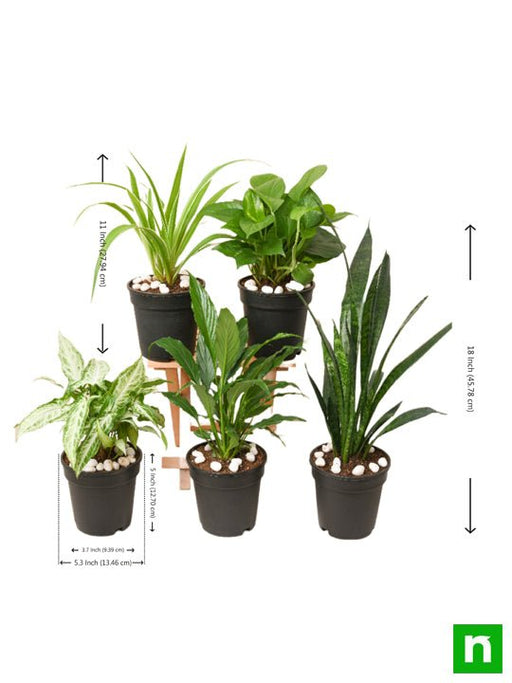
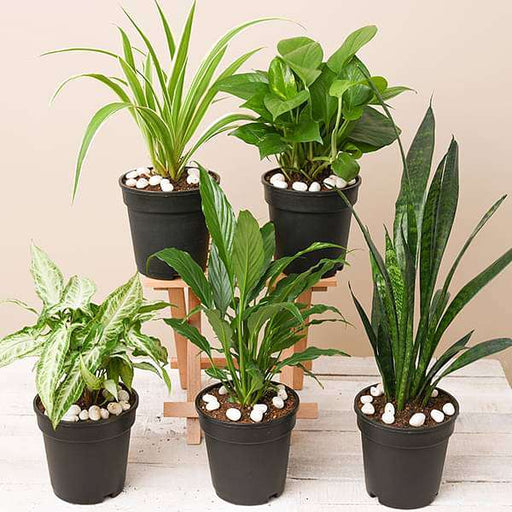 Save 21%
Save 21%
(MRP Inclusive of all taxes) Shipping ₹79 for entire order Dispatch in 7 days Country of origin: India Today's Offer Get ₹249 Air Purifier M...
View full details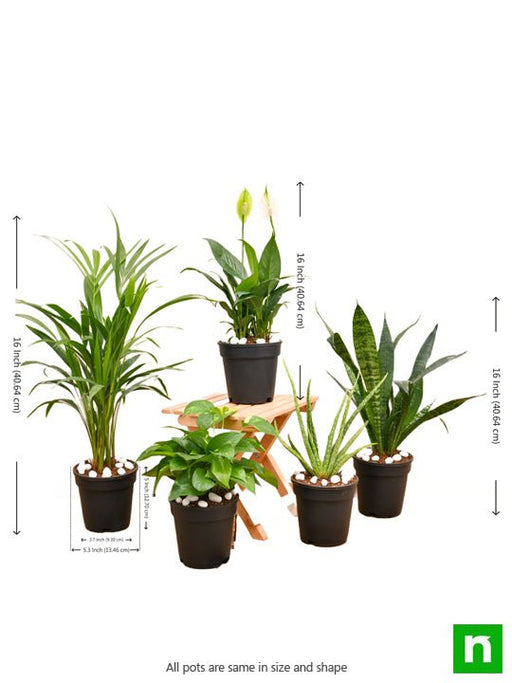
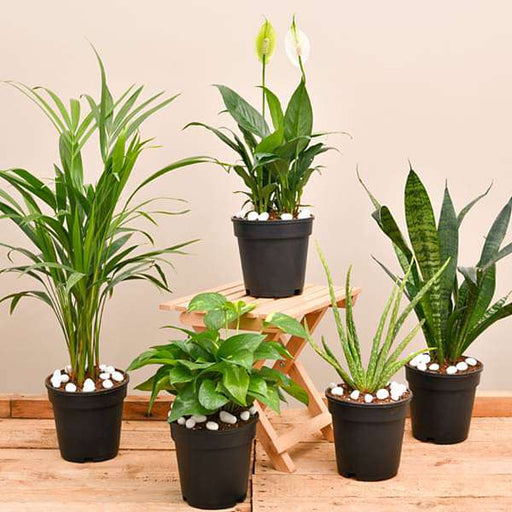 Save 20%
Save 20%
(MRP Inclusive of all taxes) Shipping ₹79 for entire order Dispatch in 7 days Country of origin: India Today's Offer Get ₹249 Air Purifier M...
View full details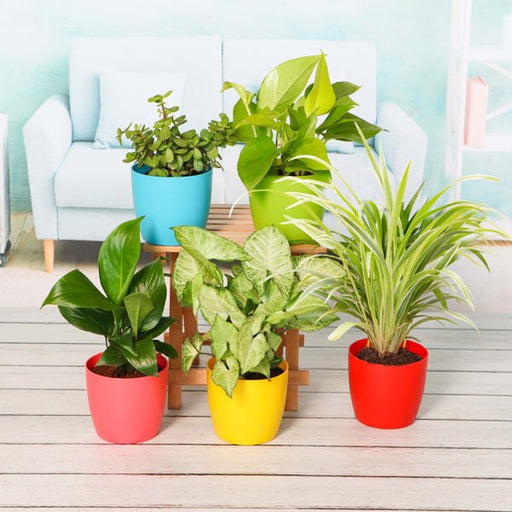 Save 16%
Save 16%
(MRP Inclusive of all taxes) Shipping ₹79 for entire order Dispatch in 7 days Country of origin: India Today's Offer Get ₹249 Air Purifier M...
View full details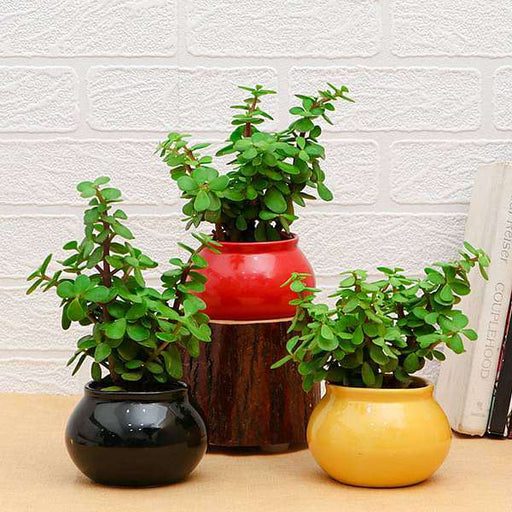 Save 22%
Save 22%
(MRP Inclusive of all taxes) Shipping ₹79 for entire order Dispatch in 7 days Country of origin: India Today's Offer Get ₹249 Air Purifier M...
View full details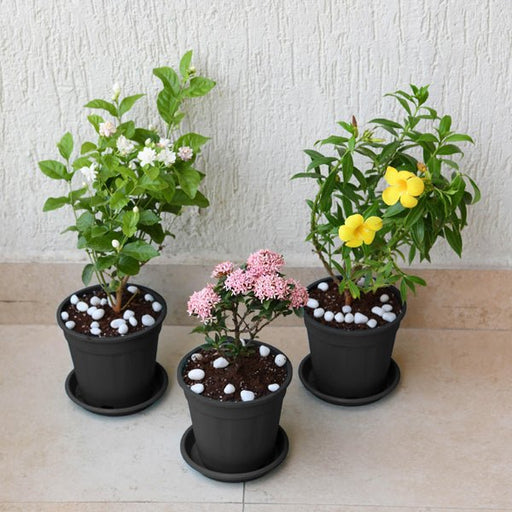 Save 17%
Save 17%
(MRP Inclusive of all taxes) Shipping ₹79 for entire order Dispatch in 7 days Country of origin: India Today's Offer Get ₹249 Air Purifier M...
View full details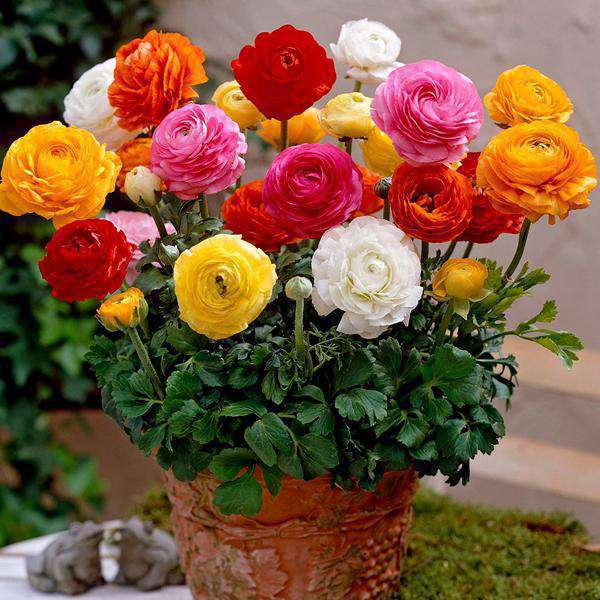



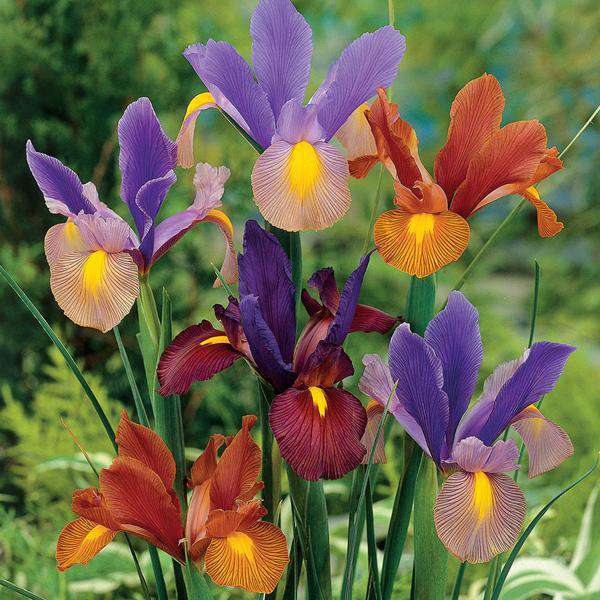
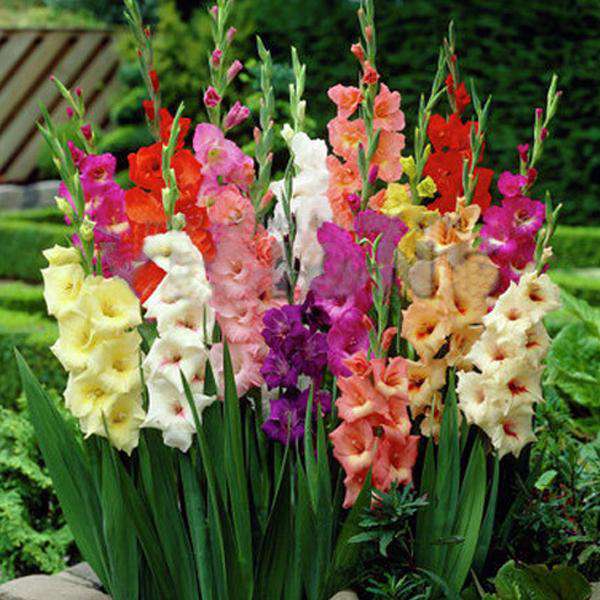
Leave a comment